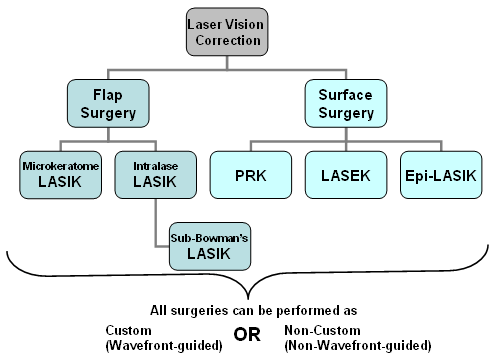A Comprehensive Examination Of Modern Cataract Surgical Treatment Techniques
A Comprehensive Examination Of Modern Cataract Surgical Treatment Techniques
Blog Article
Author-Mcfadden Maynard
As you discover the advancement of advanced cataract surgical treatment methods, you'll witness a journey marked by ingenuity and precision. From old techniques that led the way for modern innovations to innovative modern technologies that are transforming the area, the thorough summary of cataract surgery methods is a testament to human progress and devotion to improving person outcomes. The complex interplay in between historic methods and advanced improvements produces an interesting story that sheds light on the evolution of one of the most common surgical procedures worldwide.
Historic Strategies and Innovations
Explore exactly how early doctors revolutionized cataract treatment by employing innovative strategies and devices. In the past, cataract surgical procedure was a risky and excruciating procedure. Nevertheless, ancient Indian medical professionals were among the first to try medical interventions for cataracts, making use of a strategy called 'formulating' where a sharp tool was used to press the cataract back right into the eye. This method, though crude by today's standards, prepared for future developments in cataract surgical procedure.
As time advanced, Arab physicians made significant payments by establishing specialized needles for cataract extraction. These needles were utilized to puncture the cataract and after that extract it from the eye, marking a significant renovation in surgical accuracy.
Later, in the 18th century, the French doctor Jacques Daviel originated the method of extracapsular cataract extraction, where the whole lens was removed intact through a bigger laceration. This marked a major development in cataract surgical procedure methods, leading the way for the contemporary procedures we use today.
Modern Surgical Approaches
Early techniques in cataract surgical treatment have evolved significantly, causing the development of modern-day medical strategies that focus on precision and enhanced person end results. visit the next website includes a procedure called phacoemulsification, where an ultrasonic tool separate the cataract for elimination through a little cut. This technique enables quicker healing and decreases the risk of difficulties contrasted to older approaches.
Additionally, using innovative intraocular lenses (IOLs) has actually transformed cataract surgical procedure end results. These lenses can remedy not just the cataract but also various other refractive errors like astigmatism, reducing the requirement for glasses post-surgery.
Surgeons today additionally have access to sophisticated imaging modern technologies that aid in accurate preoperative preparation and intraoperative decision-making. https://codyalucl.thelateblog.com/26972003/wondering-just-how-to-eliminate-completely-dry-eye-pain-explore-professional-tips-and-functional-techniques-for-better-eye-health-and-comfort-in-the-house (OCT) and various other imaging techniques provide thorough pictures of the eye's frameworks, permitting a much more personalized strategy to every client's surgical treatment. With these innovations, contemporary cataract surgical treatment techniques continue to enhance, offering people safer procedures and much better visual end results.
Arising Technologies in Cataract Surgery
With developments in innovation changing the area, cataract surgical treatment is experiencing the assimilation of cutting-edge methods for improved patient end results. Questions To Ask About LASIK Eye Surgery in cataract surgical procedure are reshaping the landscape of ophthalmic treatments. One such advancement is femtosecond laser technology, which enables precise corneal incisions, capsulotomies, and lens fragmentation, resulting in enhanced medical precision and results.
Furthermore, intraoperative aberrometry is obtaining popularity, making it possible for real-time dimensions of refractive mistakes throughout surgery to enhance intraocular lens power estimations and minimize postoperative refractive shocks.
Additionally, making use of sophisticated imaging technologies like optical coherence tomography (OCT) and intraoperative wavefront aberrometry help cosmetic surgeons in specific medical preparation and execution. These tools offer comprehensive physiological details and help tailor medical methods for every client's one-of-a-kind eye features.
In addition, advancements in artificial intelligence are being discovered to aid in preoperative preparation, intraoperative decision-making, and postoperative care, potentially maximizing medical results and individual satisfaction. Welcoming these arising modern technologies in cataract surgical treatment holds guarantee for further enhancing client end results and guaranteeing the continued development of ocular surgical strategies.
Conclusion
As you journey via the history of cataract surgical treatment, you witness the transformation from ancient practices to sophisticated modern technologies. Like a phoenix metro climbing from the ashes, cataract surgery has actually evolved right into a beacon of hope and technology.
Equally as a caterpillar emerges from its cocoon as an attractive butterfly, cataract surgery has progressed into a polished art type, offering patients more clear vision and a brighter future.
The development continues, beaming a light on unlimited possibilities.
